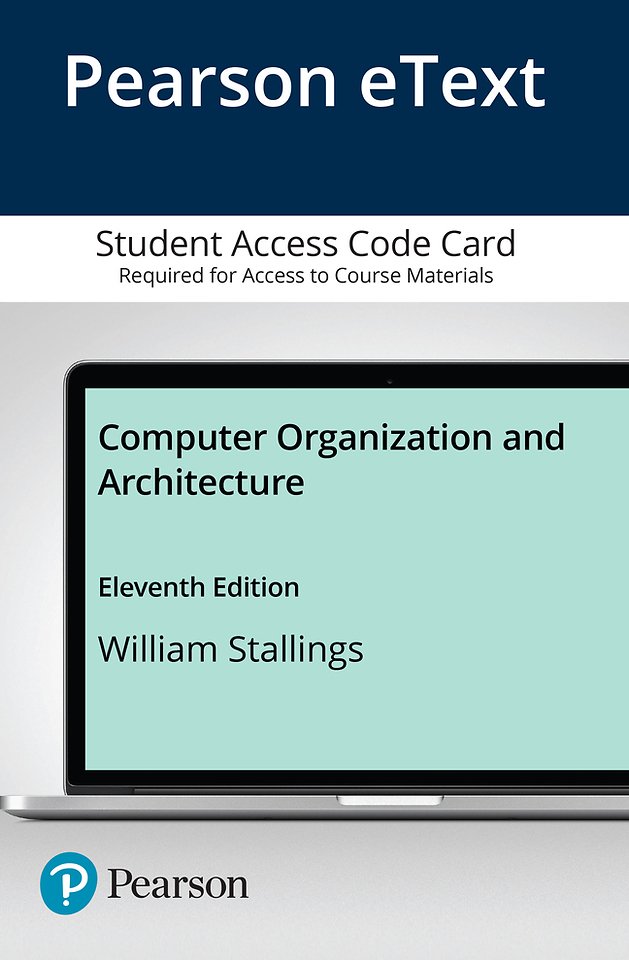Computer Organization and Architecture -- Access Code Card
Samenvatting
For graduate and undergraduate courses in computer science, computer engineering, and electrical engineering.
Comprehensively covers processor and computer design fundamentals.
Computer Organization and Architecture, 11th Edition is about the structure and function of computers. Its purpose is to present, as clearly and completely as possible, the nature and characteristics of modern-day computer systems. Written in a clear, concise, and engaging style, author William Stallings provides a thorough discussion of the fundamentals of computer organization and architecture and relates these to contemporary design issues. Subjects such as I/O functions and structures, RISC, and parallel processors are thoroughly explored alongside real-world examples that enhance the text and build student interest. Incorporating brand-new material and strengthened pedagogy, the 11th Edition keeps students up to date with recent innovations and improvements in the field of computer organization and architecture.
Extend learning beyond the classroom
Pearson eText is an easy-to-use digital textbook that students can purchase on their own or you can assign for your course. It lets students read, highlight, and take notes all in one place. The mobile app lets students learn on the go, offline or online. Creating a course allows you to schedule readings, view reading analytics, and share your own notes with students, motivating them to keep reading, and keep learning. Learn more about Pearson eText.
Specificaties
Inhoudsopgave
Rubrieken
- cadeauboeken
- computer en informatica
- economie
- filosofie
- flora en fauna
- geneeskunde
- geschiedenis
- gezondheid
- jeugd
- juridisch
- koken en eten
- kunst en cultuur
- literatuur en romans
- mens en maatschappij
- naslagwerken
- non-fictie informatief/professioneel
- paramedisch
- psychologie
- reizen
- religie
- schoolboeken
- spiritualiteit
- sport, hobby, lifestyle
- thrillers en spanning
- wetenschap en techniek
- woordenboeken en taal

